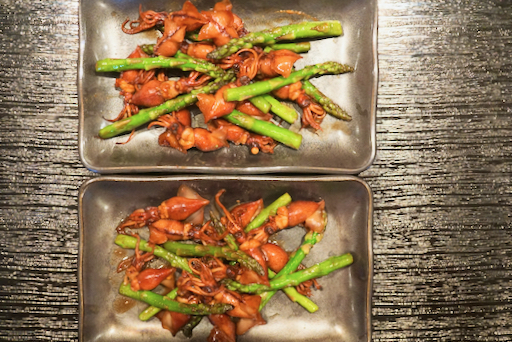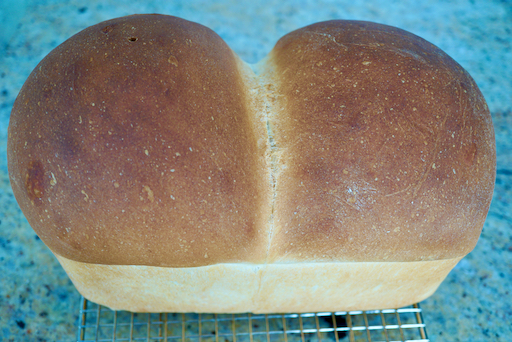Spring is the season for a species of small squid called "Hotaru-ika" ほたるイカ or Firefly squid. It is so-called because it emits a bioluminescent light like a firefly. Some years ago when we traveled to Kanazawa 金沢 and Kyoto 京都 in spring, we really enjoyed “Hotaru-ika” at various Izakayas 居酒屋. Because this squid has parasites, it must be cooked (boiled) or frozen at -30C for 4 days. That means a regular home freezer (-22 C or 0F) is not adequate. This is not a “ DIY (do it yourself ) home project”. The squid has to come from a commercial source with the resources to at least freeze it properly. While in Kanazawa, we learned, through multiple tastings that our favorite way to eat it is “Okizuke” 沖ずけ. Although this dish is made of uncooked marinated squid it is special to Toyama prefecture 富山県 (Kanazawa city is the capital) where they know to make it safe by appropriately freezing it before making it into okizuke 沖ずけ. “Oki-zuke” literally means “offshore marinated”. Traditionally, fishermen took the marinade with them on the boat and as they caught the squid , threw it into the marinade. By the time, they got back to shore, it was perfectly marinated. Although traditional, this method is not safe since the parasites will not be killed in a marinade.
In any case, recently, I mentioned to my wife (who is particularly fond of firefly squid), that it was the season and I was reading that many of the food bloggers I follow, were enjoying this seasonal delicacy. We had hotaru-ika at Tako Grill some years ago so we thought we should be able to get this in the U.S. A quick search of the internet turned up a company called “Regalis food”. They sell boiled firefly squid among other gourmet food items. They are more geared up for supplying restaurants rather than individual customers, however, so the minimal amounts required for purchase are a bit large. Nonetheless we ordered the minimum 300 grams (or three trays) of boiled firefly squid (which was shipped from Long Island) and the minimum 3 lbs. of big eye tuna akami (which was shipped from California). Although coming from different places both shipments arrived at the same time; (over night delivery).
The first picture shows one of the trays of hotaru-Ika.
This picture of the tuna akami is the tail portion near the back with skin on. The piece arrived whole; I cut it into portions before this picture was taken. Since I did not have much time, I did not cut the tuna into sashimi blocks (or “saku”). I just removed “chi-ai” 血合い cut it into 4 portions with skin on. I only prepared one portion for sashimi. The rest, I vacuum packed and froze for a later time.
I served the akami with some vegetables. After removing the hard “eye” or “beak” from the firefly squid, I served them with
sumiso 酢味噌 dressing.
The Akami of big eye tuna is not too bad. Certainly much better than frozen yellowfin tuna we often have.
Serving the squid with sumiso sauce is certainly a very common presentation. The plate of hotaru-ika shown here is half of one tray (so, the two of us finished a whole tray or 100grams). I think what makes hotaru-ika so special is that the squid are very small and each squid makes one pleasant mouthful. The first part of the experience is the pleasing texture of biting into the soft squid body followed by the release of the lovely taste of the squid meat then the rich flavor of the innards especially the slightly bitter taste of the liver. Trust me, it tastes much better than the description sounds.
We feel very fortunate we can enjoy the firefly squid in U.S. Hopefully we can visit the Iizakaya in Kanazawa and enjoy local sake with okizuke firefly squid again sometime soon.

























